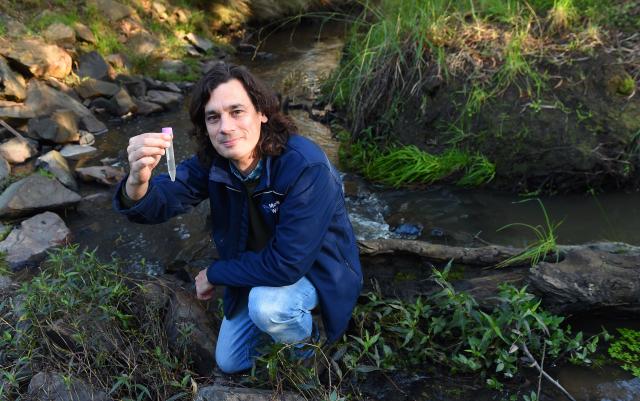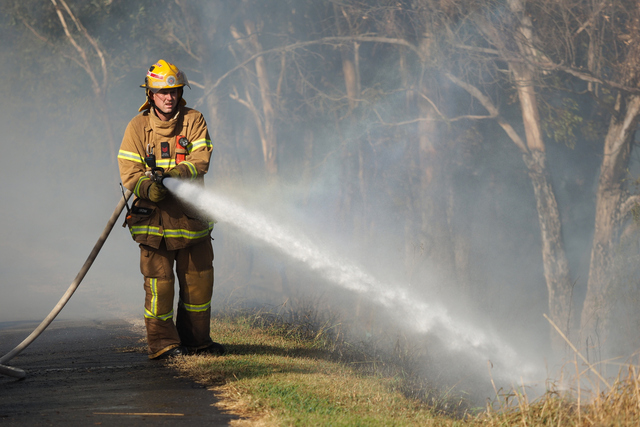DNA has long revolutionised police work, but it’s now doing the same to conservation, including the protection of platypuses in Wyndham.
“It works a little bit like a forensic database for criminals but for animals” said Rhys Coleman, Manager of Waterways and Wetlands Research at Melbourne Water, of environmental or EDNA which is extracted from the urine, faeces and mucus of platypus and other aquatic wildlife,
“We can just take a water sample, filter it, extract DNA and then match up DNA sequences from that sample to known animals.”
As well as complimenting data gathered through traditional animal surveys, Mr Coleman said EDNA can replace them, making life easier for both researchers and animals.
“It means we can survey for multiple animals at once and survey areas that were traditionally too hard because they were too deep to set nets or too fast flowing and we don’t have to capture and handle the animals,” he said.
Mr Coleman said the broad-scale surveillance offered by EDNA allowed researchers to pinpoint which species lived where, the cornerstone of any animal conservation effort.
“We need to understand where animals occur in order to protect them.
For instance if we don’t know platypus are in the Werribee River, we can’t establish targetted programs to protect them.”
Protection programs are especially important in Wyndham, with the Werribee River the most important platypus habitat in western Melbourne, but also a waterway exposed to the risks of urban development and climate change.
Along with EDNA, Mr Coleman pointed to ecological modelling as another new technology being used to defend against these duel threats.
‘The modelling is a new approach to waterway management” said Mr Coleman of the technique which was first applied during Melbourne Water’s “Healthy Waterways Strategy’ from 2018-2028.
Using existing data, ecological modelling predicts where species occur, how urban development and climate change might affect them and what protection measures would be most effective.
Combined, Mr Coleman said these new technologies would protect more than just Wyndham’s platypus population.
“Other species like the Australian Grayling which occurs in the lower Werribee River and growling grass frogs that occur in various wetlands and creeks around Wyndham, these technologies could also underpin conservation strategies for those threatened species too.”







